Robert C. Fuller is the Caterpillar Professor of Religious Studies at Bradley University. Fuller has published a dozen books, including Spiritual, But Not Religious: Understanding Unchurched America; Wonder: From Emotion to Spirituality; and Spirtuality in the Flesh: Bodily Sources of Religious Experience.
The University of Chicago Press, Chicago 60637
The University of Chicago Press, Ltd., London
2013 by The University of Chicago
All rights reserved. Published 2013.
Printed in the United States of America
22 21 20 19 18 17 16 15 14 13 1 2 3 4 5
ISBN-13: 978-0-226-02508-7 (cloth)
ISBN-13: 978-0-226-02511-7 (e-book)
Library of Congress Cataloging-in-Publication Data
Fuller, Robert C., 1952
The body of faith : a biological history of religion in America / Robert C. Fuller.
pages. cm. (Chicago history of American religion)
ISBN 978-0-226-02508-7 (cloth: alk. paper) ISBN 978-0-226-02511-7 (e-book)
1. United StatesReligionHistory. 2. United StatesChurch history. I. Title. II. Series: Chicago history of American religion.
BL2520.F85 2013
277.3dc23
2012043332

This paper meets the requirements of ANSI/NISO Z39.481992 (Permanence of Paper).
Preface
This is the tenth book in the Chicago History of American Religion series. Books in this series are ambitious. They explore new ways of reading and understanding American religious history. For this reason they are less concerned with presenting new historical information than with suggesting new approaches to historical inquiry. Each of the previous books has introduced new theoretical frameworks for explaining the richness, diversity, and endless creativity of American religious life.
I hope to continue this tradition by updating the plea that William McLoughlin made in one of the series earlier volumes. His book Revivals, Awakenings, and Reform took up the perplexing problems that historians confront when trying to make sense of Americas long heritage of revivalism. McLoughlin urged fellow historians to become more interdisciplinary. He showed how theoretical insights from the social sciences provide a new vantage point for viewing connections between the deeply personal aspects of conversion experiences and broader cultural patterns. McLoughlins interpretations were exciting and provocative. They helped us see how American revivalism might be viewed as a variant of a more universal and cross-cultural human phenomenon. True, not everyone was convinced by the specifics of McLoughlins suggestive argument. There is, however, no question that his booklike the others in this seriesstimulated a great deal of discussion about how historians best develop frameworks for identifying recurring patterns in American religious history.
I, too, am suggesting that historians need to become conversant with a wider range of academic disciplines. My principal argument is that new information about the human body can enrich historical description and sharpen historical explanation. Most of this new knowledge about the human body comes from the natural sciences. Evolutionary biology, comparative biology, evolutionary psychology, and cognitive science are among Many such efforts utilize faulty models of the mind or are too far-reaching in their insistence that all human behavior can be traced back to the concerns of survival and the propagation of genes. This is why the explanations offered in this book bracket all grand evolutionary narratives about gene-culture coevolution. The Body of Faith instead focuses only on distinct biological systems known to influence thought, feeling, or behavior (and that could be integrated with a variety of competing theories about the degree to which the brain isor isntcurrently constrained by cognitive modules putatively designed by natural selection to solve the adaptive problems of our hunting-gathering ancestors). The result is less intellectually exciting than proposing a wholesale revolution in the humanities as academic disciplines. Yet the following chapters will illustrate the fascinating kinds of humanistic inquiry that emerge when we integrate new discoveries being made by our colleagues across the academy.
Most historical narratives written over the past few decades have drawn from a fairly narrow range of academic disciplines. This is mostly due to the postmodernist sentiment that has permeated not only the humanities but also much of the social sciences. Inspired by Foucault, Derrida, and other continental philosophers, postmodernism represents the view that human experience is wholly constructed by culture (and even more specifically by language). In this view, the body itself is seen as a cultural construct. Postmodernism interprets the body as a site for the contestation of power. It views major social institutions such as asylums, hospitals, and schools as mechanisms through which some members of society are able to control the bodies of others. Historical narratives inspired by postmodernism therefore have little to learn from the natural sciences. It is simply assumed that humans come into the world as blank slates awaiting cultures imprint. The goal of the historian, then, becomes that of illuminating the social power struggles that account for the various ways that people are labeled, systematized, and controlled.
Historical narratives aligned with postmodernist views have made many important contributions to our understanding of American religion. They have highlighted religious diversity and thereby drawn attention to voices that were never heard in previous historical paradigms. They have also helped us better understand how religion has been implicated in cultural power struggles and how religion has often unwittingly engaged in racist or sexist exploitation. It is important to note, however, that postmodernisms strengths were simultaneously its weaknesses. Its commitment to cultural and historical relativism has accentuated difference to the point where it discredits efforts to discern sameness or make meaningful comparisons. More importantly, postmodernism has fostered academic insularity by underestimating the relevance of what the sciences might contribute to social and cultural interpretation. We live in an era of remarkable scientific breakthroughs, symbolized in the mapping of the human genome. We now know that human beings are not blank slates. Our bodies bring distinctive biological and psychological characteristics to experience. Much of how we think and feel is biologically grounded and is not fundamentally affected by cultural discourse. The body is at the heart of all human thought and action. It must for this reason also be at the heart of both the descriptive and explanatory elements of historical narrative.
A little over a decade ago, Mark Taylor edited a volume exploring critical terms for the study of religion as we enter into the twenty-first century. In the volumes second essay, William LaFleur proposed the body as a critical term for interpreting religion across academic disciplines. LaFleur noted that research into psychedelics, the brain, and the chemical components of health and happiness has been impressive.... The leverage on our minds exerted by our DNA and what has been called the selfish gene cannot be denied. Studies that reject or ignore such data now seem out-of-date. There are, of course, many other components of the body that LaFleur might have mentioned beyond our genetically encoded motivations, neural chemistry, and cognitive structures. Emotional programs, sensory mechanisms, pain responses, mating strategies, and sexual arousal systems are all equally important for understanding human thought and feeling. The key point is that the human body is a composite of biological systems that together direct how we relate to nature, to society, and to deity. Any attempt to describe or explain religion without at least some recognition of its biological substrates runs the risk of appearing intellectually anemic.


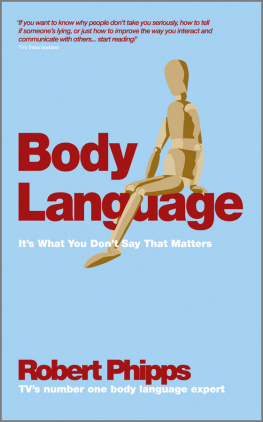
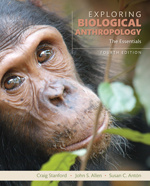
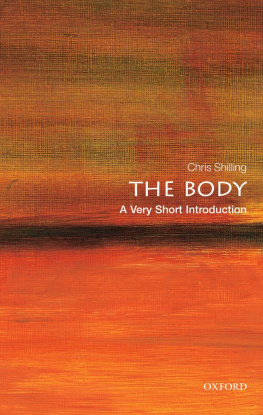
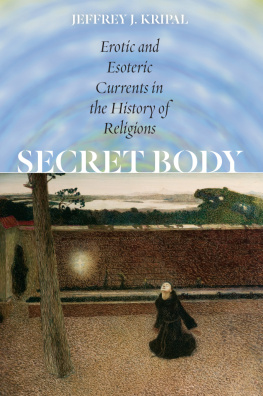

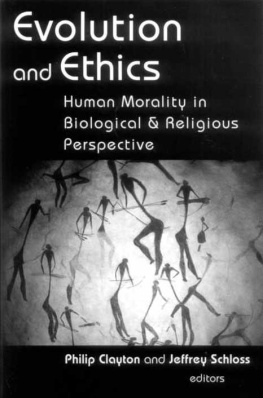
 This paper meets the requirements of ANSI/NISO Z39.481992 (Permanence of Paper).
This paper meets the requirements of ANSI/NISO Z39.481992 (Permanence of Paper).